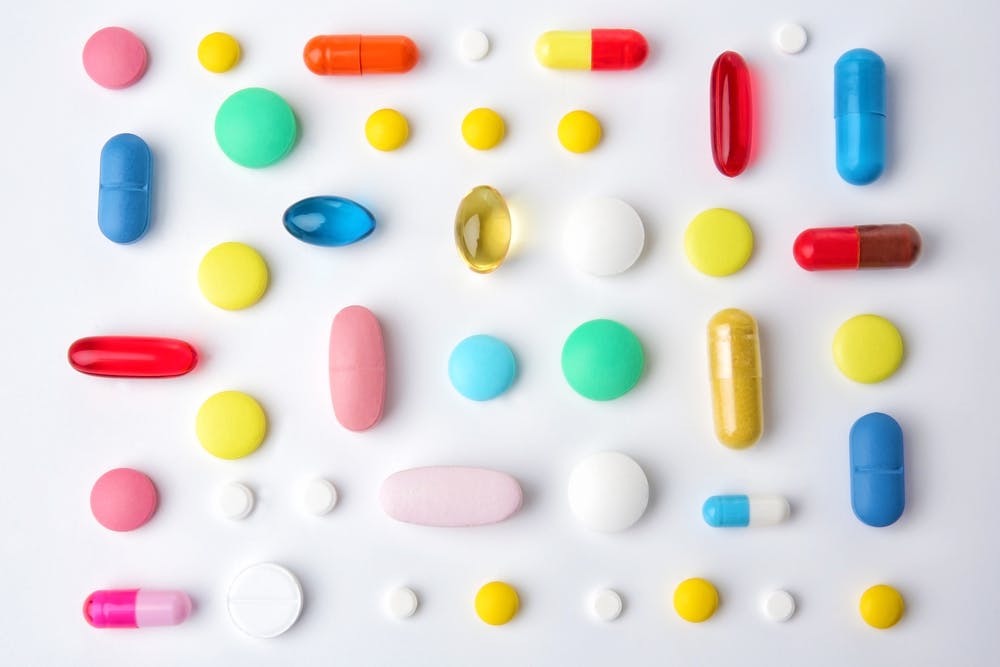Perhaps the most basic means of categorizing illicit substances falls into two large groups: Uppers and downers. Uppers, downers, and the substances which fall into these categories have different physical and mental effects, but there are some commonalities. Both uppers and downers interact with the central nervous system, either exciting or suppressing it to achieve the desired effects.
Drugs in both categories impair one’s judgement and ability to self-govern appropriately. Additionally, while the cause may be different, both uppers and downers are highly addictive.

What Is An Upper?
Uppers are a category of drug known for their mentally and physically stimulating effects. They provide temporary boosts in alertness, energy, and mood. Unfortunately, once the drug’s effects have worn off, one is left feeling exhausted and depressed. One may also experience feelings of disconnection and apathy.
This crash after such an exhilarating high causes some to continuously use uppers as a means of maintaining the feeling; unfortunately this can lead to physical dependency and addiction.
That’s because of how uppers work: by flooding the central nervous system with biochemicals such as dopamine and noradrenaline in extremely high levels, these drugs can inadvertently cause the body to produce less of these components naturally.
This slowdown in natural production of important neurotransmitters causes those feelings of apathy, depression, and disconnection; it also lends to the need to continue using stimulant drugs in order to feel “normal.”
Commonly abused uppers are:
- Cocaine
- Adderall
- Ritalin
- Methamphetamine
- Caffeine
- Nicotine
While it may seem counter-intuitive, stopping use of stimulant “upper” drugs is actually the best way to regain a sense of normalcy. By allowing your body the chance to recuperate and re-establish a normal rhythm in the biochemical processes associated with dopamine and noradrenaline, you can alleviate the feelings of depression and apathy without the damaging effects of these drugs.
If you are prescribed stimulant drugs and experience negative side effects while using the medication properly, talk to your doctor before discontinuing use. A lower dosage or alternative medication may be available.
Downers: Two Classes
Downers, which are so-called because of their suppressant nature, can actually be further divided into two more categories: opiates and sedative-hypnotics. While they share a common factor in that they affect natural bodily functions, these two sub-categories are quite different.
Opiates include drugs like heroin, morphine, fentanyl, and other powerful pain medications. They induce feelings of pleasure and relaxation in a similar manner to uppers — by controlling dopamine production — and their side effects are also similar: with prolonged use, people with opiate abuse problems have experienced feelings of unshakable apathy and depression.
Due to their incredibly addictive nature and high risk of overdose, opiate pain medications are closely monitored and usually reserved for patients with severe pain, such as late-stage cancer patients, people with pain disorders, and those who have recently undergone surgery.
Unfortunately, opiate pain medications are widely abused, especially by teens and young adults who gain access to the drugs via family medicine cabinets or the street market. This type of downer is responsible for a large portion of the yearly overdose deaths across the United States.
Sedative-hypnotic downers are a class of drug used to induce sleep. This can include drugs used to treat insomnia as well as those used for sedation during medical procedures.
A few common sedative-hypnotic downers are:
- Barbiturates
- Valium
- Quaaludes
- Phenobarbital
- Rohypnol
- Xanax
As the name suggests, sedative-hypnotics induce feelings of drowsiness, euphoric “floating” sensations, and inhibits movement and speech. Muscle relaxants and alcohol are also categorized as downers.
By suppressing the function of certain organs and bodily processes including breathing and the circulatory system, misuse and abuse of sedative-hypnotic downers can be extremely dangerous, or lethal.
Typically use of these drugs is prescribed for specific medical conditions and closely monitored by a doctor, but just as with opiates, they can find themselves in the wrong hands. Additionally, sedative-hypnotics are highly addictive and withdrawal process can be dangerously taxing on the body; medical supervision in a detox facility is advised.
The Vulnerable Populations: Children, Teens, And Young Adults
Driven by a naive misconception that a drug is safe if it comes with a prescription (even if it is not for them), children, teens, and young adults are most susceptible to the ill effects of misusing both uppers and downers. They don’t realize that these substances affect everyone different, and that their still developing bodies may not be able to handle an adult dosage of powerful pain medications or sedatives.
Accidental overdoses are a serious threat to our youth, which is why it is important to keep medications stored away properly and routinely check for shortages. Educating our children so they understand the dangers of “pill popping” is also an extremely important step to preventing tragedy.
Yet another risk associated with the use of uppers and downers is the gateway phenomenon. While we often associate it with marijuana, abuse of pain medication and alcohol are the two leading causes of further experimentation and harder substances.
What begins with sneaking a few pills from your medicine cabinet can rapidly lead to abuse of heroin or cocaine. While it is true that not everyone becomes addicted, our children’s lives are not worth the risks.

